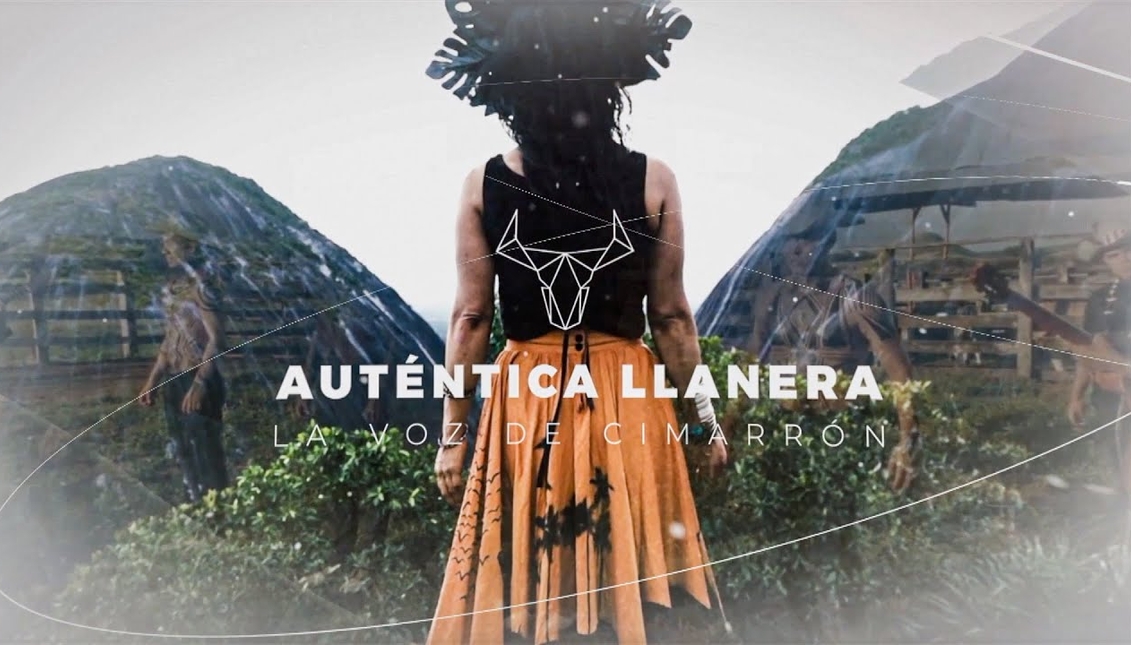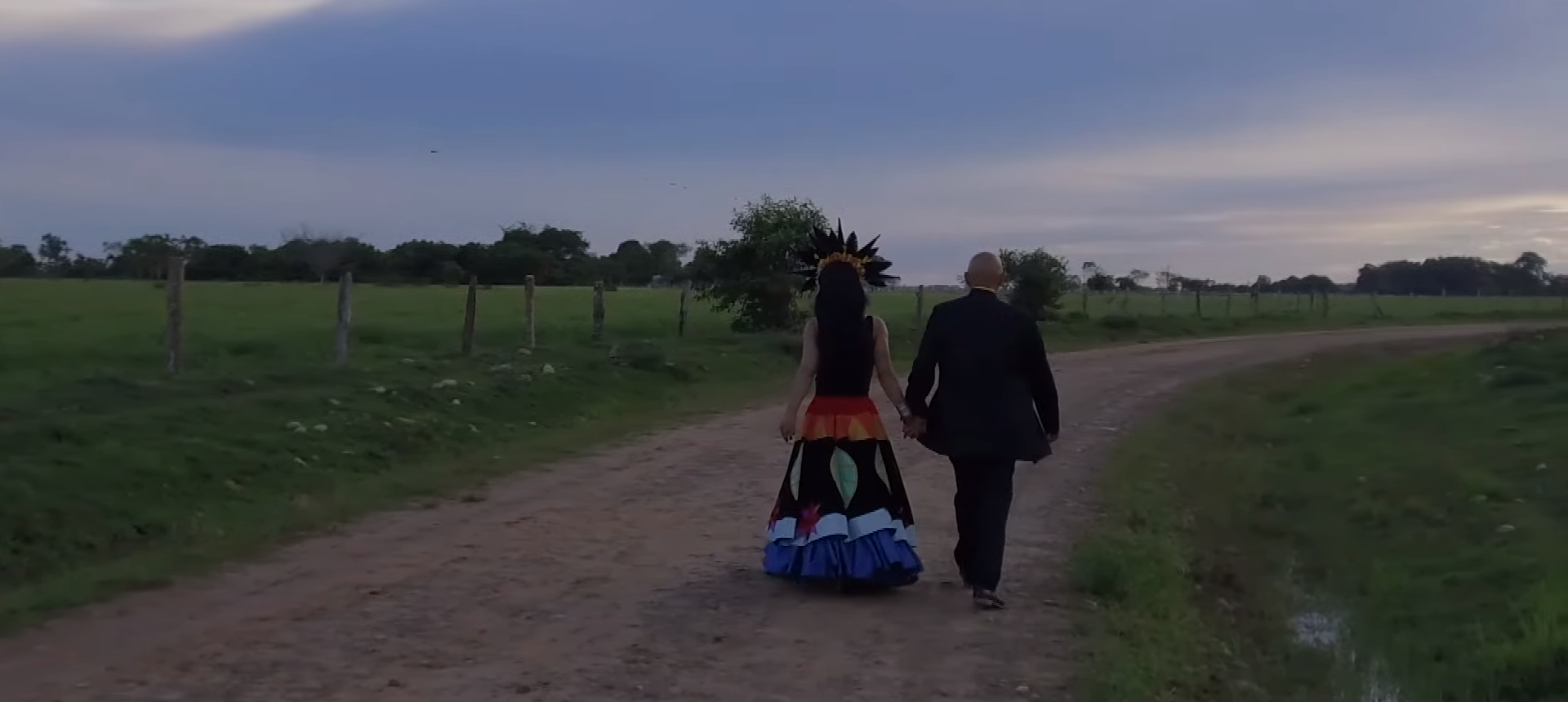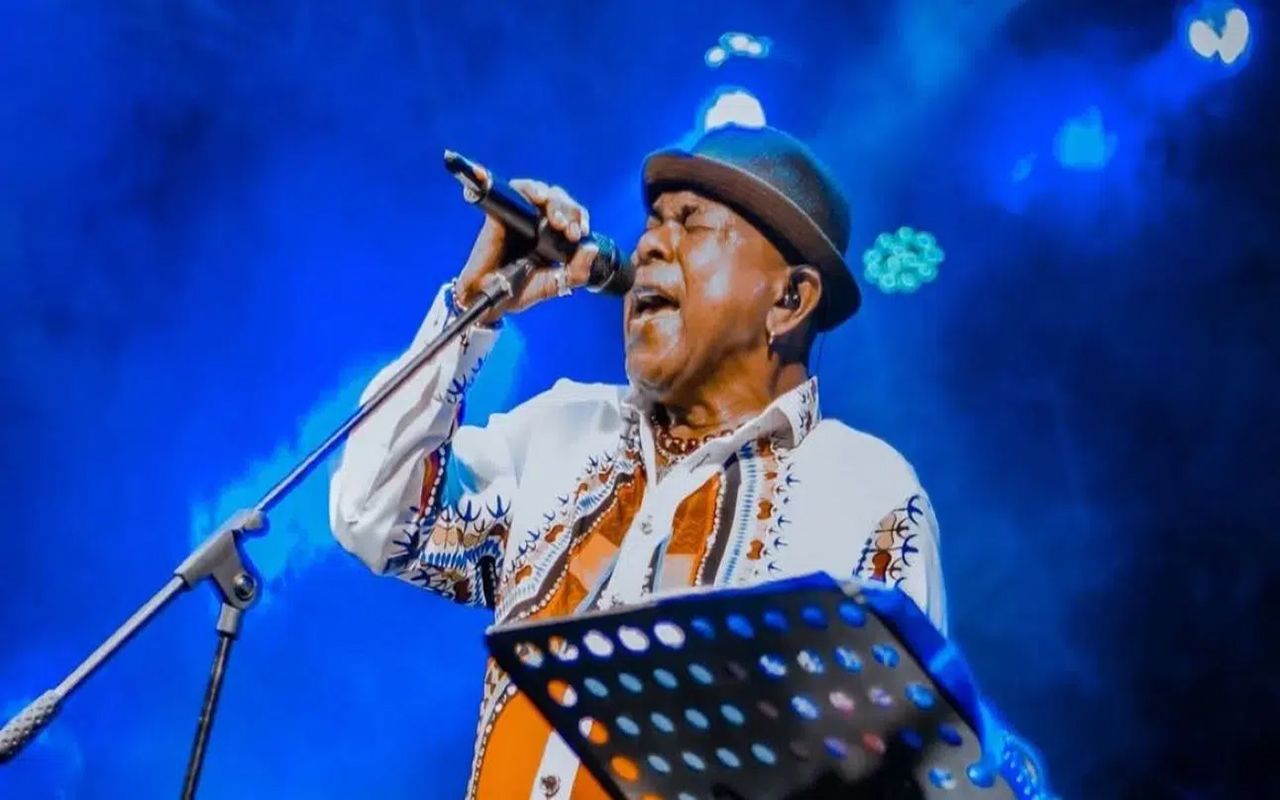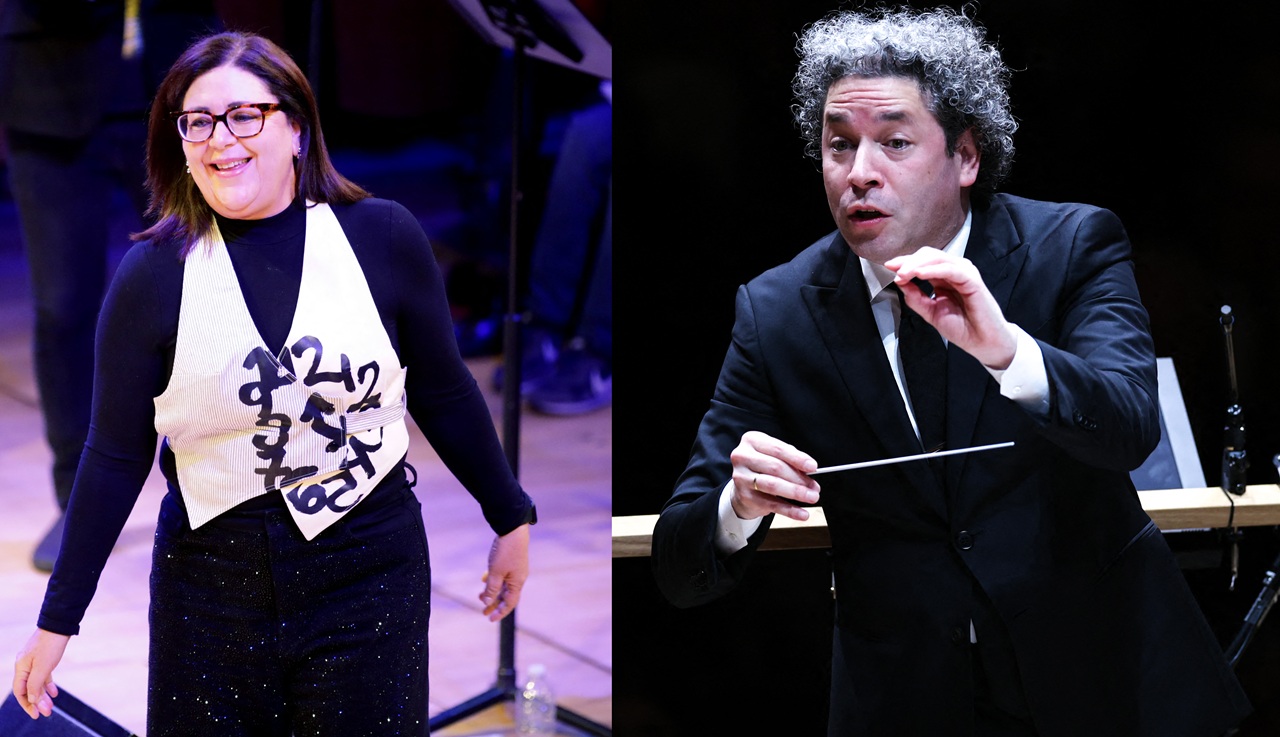
Orinoco International: 'The Voice of Cimarrón'
The Colombian band recounts their experiences for a documentary and unravel how they became llaneros of the renowned lowlands.
A year after the death of Carlos "Cuco" Rojas, one of the founders of the well-known llanero joropo band Cimarrón, the group recounts its memories in a documentary that premiered on Jan. 10 on Colombia's Canal Trece. In total, the documentary compiles 20 years of history.
A statement was implicit in each of their songs and live performances, some newly-available in the documentary, which functions as an appendix of musical memory and a tender tribute from Rojas' partner and those carrying on the band's legacy.
The band initially formed by the couple Carlos "Cuco" Rojas and Ana Veydó, who pushed the project forward with the tenacity of several llaneros, and started as a tribute group performing the most traditional joropo in honor of its llanera side.
The documentary showcases that it is not only full of new blood, revitalizing melodies and new dreams, but that it was able to forge ahead despite the death of one of its founders.
The best example was the tribute tour the band did the previous year in Wales, completing a collaboration of Catrin Finch, a well-known Welsh harpist.

At some points, the documentary was reminiscent of Searching for Sugar Man (Malik Bendjelloul, 2012) in that it shows how in the end of the last century, some artists found it easier to succeed in other cultural settings — as was the case of Sixto Rodriguez in South Africa and Cimarrón in the UK. The lessons are either that music is a language that does not understand idioms or that these are cases of artists overcoming the locality of their own musical genre to turn it into a more individualized project.
RELATED CONTENT
The documentary not only sheds light on the invisible faces of the only joropo band to win a Grammy (2019), but also shows the incredible challenge faced in operating with the llanero archetypes while struggling to overcome their prejudices, inside and outside the band.
It also shows the vitality of the new instrumentalists and dancers that are introspective in unraveling the details of how they entered the world music circuit.

Especially striking is Ana Veydó, who not only demonstrates the skills of attentive leadership and her trajectory and motivations as a solo vocalist, she also has time for anecdotes when traveling the five continents. The tribute to her partner, Cuco, is appreciated not only in a selection of old interviews, but also in their memories, which imbue the documentary with an added dimension of intensity.
What is the artistic essence of the Orinoco? What does it mean to be a llanero in the 21st century? The band tries to respond artistically to all of these questions. Between harps, maracas and cuatros, they gather the Colombian tradition, the flamenco and the surdo, all between vectors of the life in the lowlands before and now, of the relation with the land and the field, to present us a deeply indigenous and versatile joropo.











LEAVE A COMMENT: